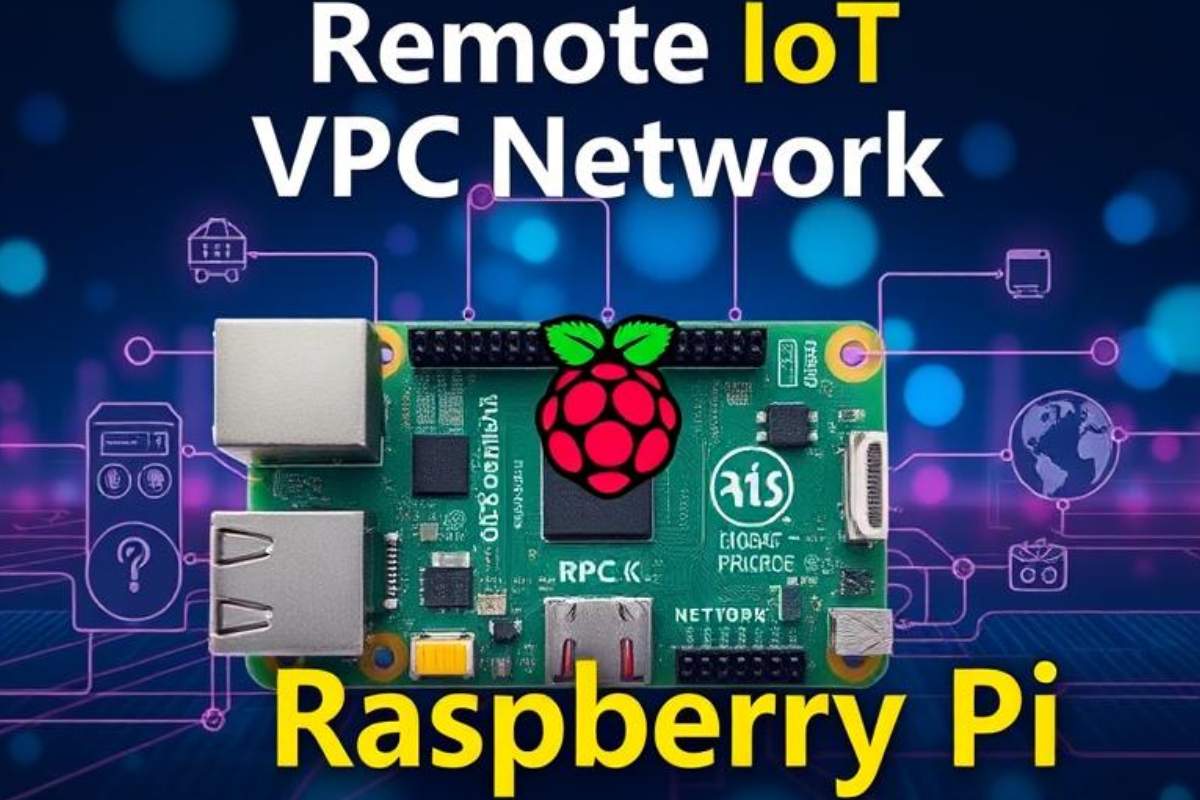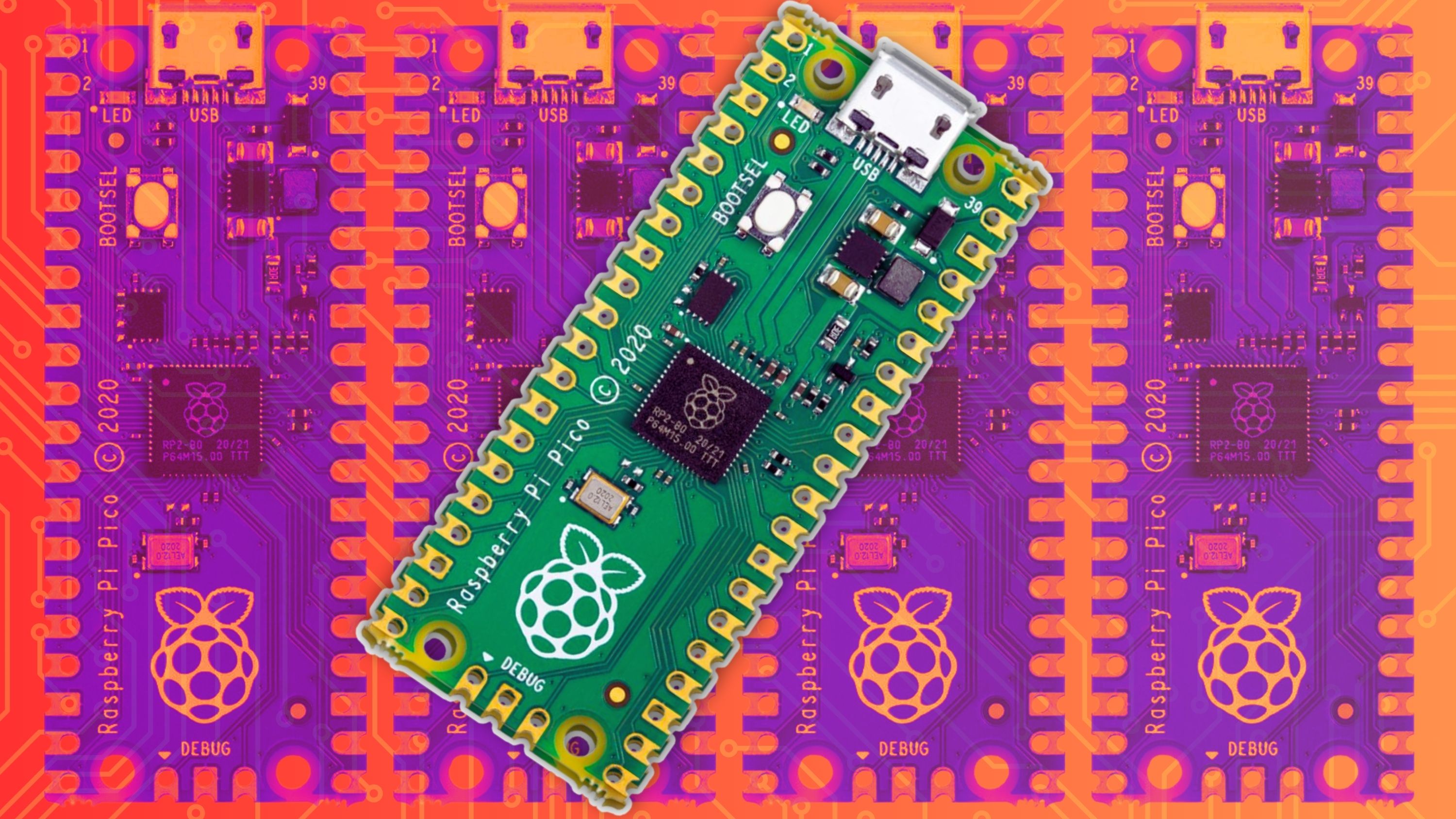RemoteIoT & VPC With Raspberry Pi: Secure Setup Guide
Why would anyone want to combine the often-complex world of Virtual Private Clouds (VPCs) with the accessible simplicity of a Raspberry Pi? The answer lies in the promise of a secure, scalable, and cost-effective solution for managing Internet of Things (IoT) devices, offering a level of control and privacy that traditional cloud services often struggle to provide.
The convergence of RemoteIoT (Remote Internet of Things) and VPC networks, particularly when orchestrated with the compact power of a Raspberry Pi, opens a realm of possibilities for secure, scalable, and efficient IoT deployments. This combination allows users to remotely access and control their IoT devices, monitor data streams, and ensure secure communication, all within a private and controlled environment. This is achieved by creating a virtual private cloud (VPC) for your devices. This not only enhances security by encrypting all transmitted data but also streamlines management and control by centralizing all device communication within a private network. Moreover, this approach offers significant cost advantages compared to standard cloud solutions, especially for smaller-scale projects or those with budget constraints.
The applications of this integration are vast, ranging from home automation and environmental monitoring to industrial control systems and agricultural technology. Think of a scenario where a network of sensors, perhaps deployed in a remote farm or a smart home, transmit data back to a central huba Raspberry Pi acting as the gatewayfor processing and analysis. This hub, securely tucked within a VPC, not only gathers the information but also protects the privacy of the data through encryption, as all communications are conducted within a secure tunnel.
Setting up a RemoteIoT VPC network using a Raspberry Pi involves several key steps, each crucial for ensuring a robust and secure environment. Initially, the devices need to be configured to connect to the RemoteIoT VPC. This typically involves setting up a virtual private cloud (VPC) and configuring the Raspberry Pi to act as a gateway and central hub.
The process includes orchestrating the devices to connect to the remote IoT VPC, thereby guaranteeing that all transmitted data is encrypted and secure. This is where a virtual private cloud (VPC) network comes into play. By combining the power of a Raspberry Pi with a VPC, you can create a robust, scalable, and free solution for managing your IoT devices. The concept of a Remote IoT VPC network using a Raspberry Pi is not only innovative but also highly practical.
A successful implementation necessitates a clear understanding of network configurations, security protocols, and the capabilities of both the Raspberry Pi and the chosen cloud platform. For example, AWS (Amazon Web Services) can be utilized, allowing the creation of a virtual private cloud. Alternatively, there are free tiers offered that provide essential features, like remote SSH access, secure tunneling, and device monitoring, and they are an ideal choice for beginners and small projects.
This table is a guide that will help you, here is a sample to help you:
| Aspect | Details |
|---|---|
| Component | Raspberry Pi 4 Model B (or similar) |
| Operating System | Raspberry Pi OS (formerly Raspbian) |
| Storage | MicroSD card, at least 16GB, for the operating system and software |
| Network Connectivity | Wired Ethernet connection (preferred) or Wi-Fi |
| Remote Access | Remote IoT service (e.g., Remote.It) |
| Virtual Private Cloud (VPC) | AWS VPC (or a similar service from another cloud provider) |
| Security Measures | Encryption of all data in transit and at rest |
| Data Transmission | Direct connections and the lowest latency and high bandwidth |
| Tools | Downloading essential tools for setup |
| Performance | Optimizing performance |
| Applications | Home Automation, Remote Monitoring, Industrial Control Systems |
| Cost | Potentially lower than traditional cloud services, especially for small projects |
| Reference Website | Raspberry Pi Official Website |
The foundation of a successful RemoteIoT VPC network is, of course, the Raspberry Pi itself. The Raspberry Pi acts as the central hub and gateway for all connected devices, processing data and managing communications within the secure VPC environment. The Raspberry Pi 4, with its improved processing capabilities and network connectivity, is often the preferred choice. Beyond the Pi, a MicroSD card is essential for storing the operating system and the necessary software. A wired Ethernet connection is highly recommended for stability and speed, but Wi-Fi can also be configured. The chosen cloud platform, such as AWS, provides the infrastructure for the VPC, allowing for secure, private network connections to your devices.
Once the Raspberry Pi is set up and connected to the network, the next step is to configure the VPC. This typically involves setting up a virtual private cloud (VPC) within a cloud service provider like AWS. The VPC acts as a private network within the larger cloud infrastructure. This means all the devices that connect to the VPC including your Raspberry Pi and any connected IoT devices can communicate with each other securely, as if they were on a local private network. This process includes setting up a virtual private cloud (VPC) and configuring the Raspberry Pi to act as a gateway and central hub.
This setup process involves the installation of necessary software on the Raspberry Pi, as well as configuring the network settings to ensure the device can connect to the VPC. This configuration involves creating and configuring a virtual private cloud (VPC) within a cloud service provider like AWS. This process also involves orchestrating the devices to connect to the RemoteIoT VPC, guaranteeing all transmitted data is encrypted and secure. The remote IoT p2p VPC network provides direct connections, facilitating data communication between IoT devices quickly, with the lowest latency and high bandwidth.
The remote IoT p2p VPC network provides direct connections so that data communication between IoT devices can be transmitted as fast as possible with the lowest latency and high bandwidth. With RemoteIoT VPC, you can securely and directly connect Raspberry Pi and IoT devices from anywhere, just as if they were on a local private network. People can utilize RemoteIoT to configure a VPC for their Raspberry Pi devices. This process involves orchestrating the devices to connect to the RemoteIoT VPC, thereby guaranteeing that all transmitted data is encrypted and secure.
The key advantages of this approach lie in the enhanced security, scalability, and cost-effectiveness it provides. Data transmitted over the network is encrypted, protecting sensitive information from unauthorized access. Because the network is contained within the VPC, access is controlled, reducing the risk of intrusion. The ability to scale the system by adding more Raspberry Pi devices or IoT sensors as required further enhances the appeal. The use of free tier services or cost-efficient Raspberry Pi hardware makes it possible to create advanced IoT systems without significant financial investment, a benefit over expensive traditional cloud services.
The benefits extend beyond merely securing data. Configuring a VPC network for your RemoteIoT setup offers a multitude of advantages. You can configure a virtual private cloud (VPC), lock down your connections, and integrate Raspberry Pi into the mix. By leveraging virtual private cloud (VPC) configurations, you can ensure secure communication between your Raspberry Pi and AWS services, enabling seamless data flow and enhanced operational efficiency. With the free tier, you can access essential features, such as remote SSH access, secure tunneling, and device monitoring, making it an ideal choice for beginners and small-scale projects. This also allows for seamless data flow and enhanced operational efficiency. By utilizing a VPC, it provides a secure environment that also facilitates seamless integration with various AWS services.
The world of IoT is vast and full of possibilities, this is where a virtual private cloud (VPC) network comes into play. By combining the power of a Raspberry Pi with a VPC, you can create a robust, scalable, and free solution for managing your IoT devices. The concept of a Remote IoT VPC network using a Raspberry Pi is not only innovative but also highly practical.
To fully utilize a RemoteIoT VPC network with a Raspberry Pi, one can start by connecting the Raspberry Pi to the network. Then, open the terminal of your Raspberry Pi or access your Raspberry Pi with SSH on the local network and install the RemoteIoT service. Now, open the RemoteIoT portal in your browser and login to the dashboard. You should now see your Raspberry Pi in the list of account devices.
The flexibility and customization options are also remarkable. The best RemoteIoT VPC network Raspberry Pi solutions are highly customizable, allowing users to tailor the setup to their specific needs. From understanding the basics to optimizing performance, everything you need to get started is covered. This comprehensive guide to setting up a RemoteIoT VPC network with Raspberry Pi makes this technology highly practical.


